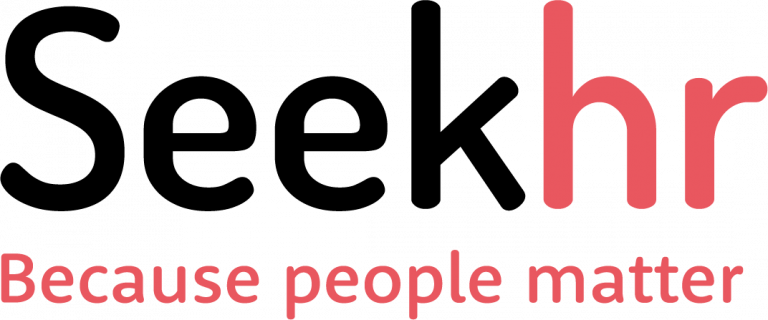The gender pay gap has been a controversial debate for countless years and is, to this day, still a hot topic. Even 49 years after the Equal Pay Act was introduced and the new law of companies having to publish their pay gap reports, there is still confusion over the difference in salaries.
Within the past year, the gender pay gap has widened, with 78% of the biggest companies in Britain reporting a gap in favour of men. But why is this still the case? And what has been done about it?
The history
Surprisingly, even by 2018 there was little done to close the gender pay gap, despite the topic being “top of agenda” for many UK businesses.
Many preach the rhetoric that stereotypical factors are believed to contribute to this gap. The gender pay gap is entrenched because of the strength and effects of the household division of labour, the gendering of work and the challenges regulating it. However, in contrast, (most) women that do work in full time roles, even at senior levels and higher and still receive less pay than men. There is still no real explanation for this. Women are educated to the same level, if not higher, and they receive more degrees, yet men generally still earn more money – it just doesn’t add up!
Policy direction
In April 2019, the gender pay gap results were published, which revealed no sign of the gap closing any time soon. A quarter of companies and public sector bodies have a pay gap of 20% or more in favour of men. The results show that 8 in 10 UK firms pay men more than women and other surprising figures:
- Over 2,500 companies paid women over 20% less than men
- Around 800 companies paid men and women the same
- Under 200 companies paid women 20% more than men
According to the Institute for Women’s Policy Research, if women were paid the same as men, the poverty rate among working women would decrease from 8% to 3.8%! These surprising figures show just how much the pay gap can impact women, especially those with families and even more so, single mothers.
It’s not always just in the workplace where the pay gap occurs, but also impacts many sports. Take the World Cup as an example, the total prize money awarded for women was £24m, whereas the total for men was £315m – more than 10 times as much. Sacrilege!
What has been done?
According to MP Rachel Reeves, “Too few businesses simply file the stats and then carry on as usual, failing to examine why they aren’t attracting female talent, why these pay gaps exist in their firms, and what they need to do to change it.”
Reported steps to have been taken by the Government Equalities Office include; women in shortlists for recruitment and promotions, using skill-based assessments and encouraging salary negotiations. Allowing women the opportunity to showcase their skills and abilities, before being ruled out due to their gender, and using the same assessment tasks for all potential candidates will result in fairness throughout the recruitment process. The hope is that this will result in more females landing senior roles and receiving a larger wage, reducing the idea of a ‘glass ceiling’, acting as an invisible barrier to promotion.
Additionally, the Equality Act (2010) has also helped some way to reduce unequal salaries. This act states that men and women doing the same job must be paid the same wage. This also includes the same benefits, bonuses and terms of employment. However, even with this law in place, not all companies have obliged by it and again, businesses are getting around this legislation by reallocation of job titles. The more discretion managers have to set pay and conditions outside of collective rules or regulation, the more scope there is for subtle, maybe even unintended, discrimination.
Female leadership
Despite more men in leadership positions, this does not mean women aren’t great leaders. Women are just as capable as men to work within these positions. According to Fortune, across a range of diverse industries and companies, there are 24 female CEOs on the list of 500.
That’s a measly 4.8%!
The top 5 current female CEOs and their businesses:
- Mary Barra – General Motors
- Gail Boudreaux – Anthem
- Ginni Rometty – IBM
- Indra Nooyi – PepsiCo
- Marillyn Hewson – Lockheed Martin
To read more about women in a position of influence, take a look at our ‘5 myths of Women in Business’ blog.
Closing the pay gap is a mammoth task – Of course some challenges are not all rooted in institutional sexism. The gender pay gap is also intersectional. The data shows that the gap is larger for women from minorities and even larger for disabled women. People being overpaid for no other reason than their gender, class or race is being dressed up a “experience”.
The impact of pay equality problems can influence morale among existing staff, leading to employee disengagement. Business may suffer from lower productivity, higher turnover, and lack of creativity and initiative.
Despite discussions being held at board level to explore the gender pay gap, experts expect the gender pay gap to close by 2059 – a whole 40 years from now!
***
Are you an EA, PA, or business support professional looking to take your career to the next level? Executive Partnerships can help. We’re a specialist recruitment agency working with leading companies and organisations to connect them with talented staff. Learn more at www.executivepartnerships.co.uk.




